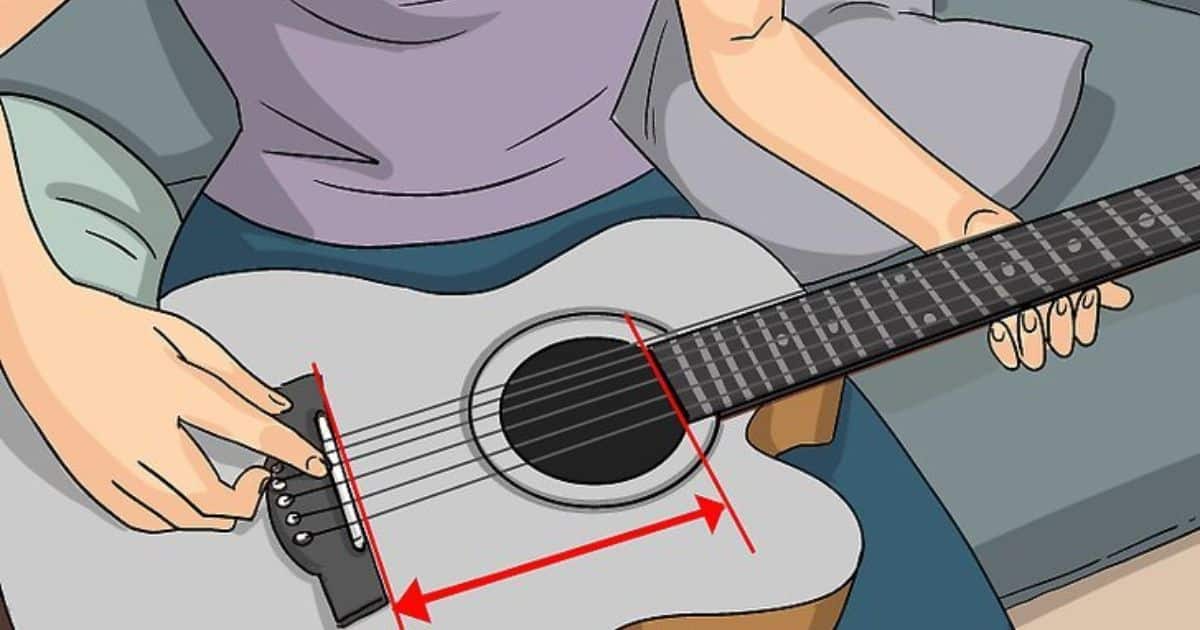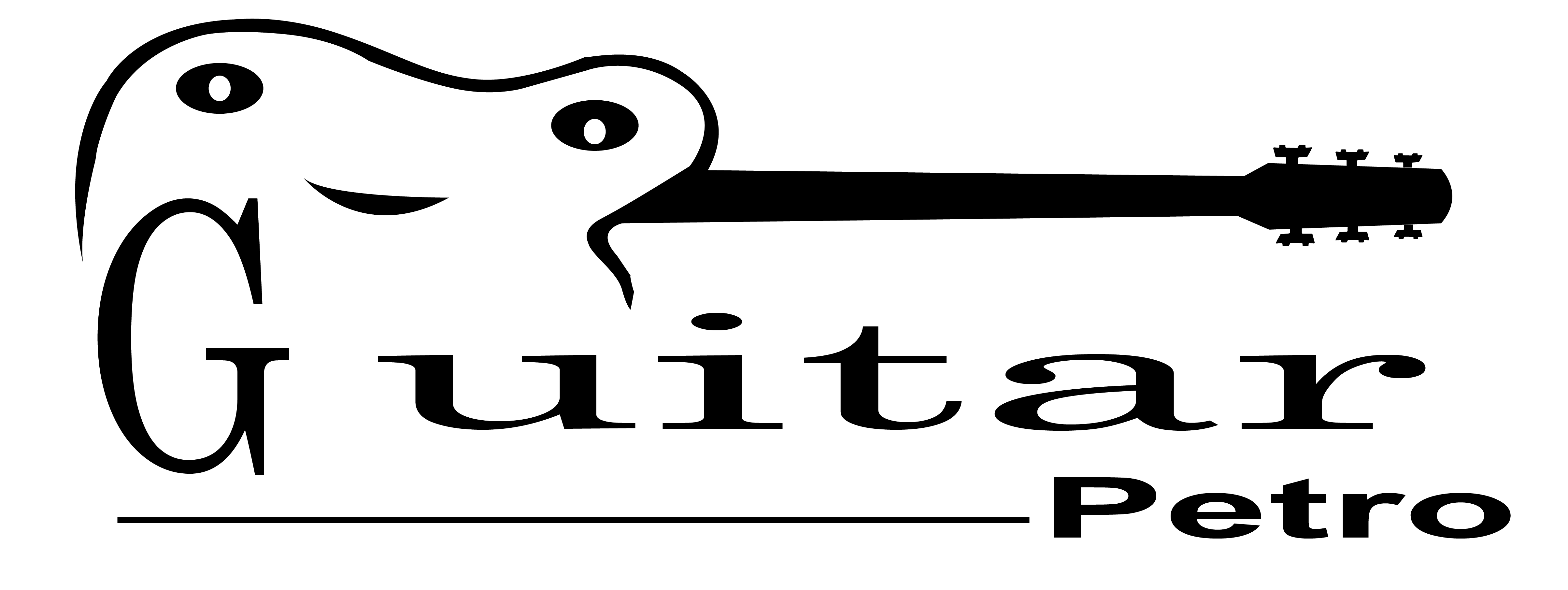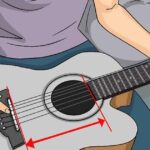Intonation plays a crucial role in the overall sound and playability of an acoustic guitar. A well-adjusted intonation ensures that each note played on different frets sounds in tune, allowing for a harmonious and enjoyable playing experience. This guide aims to provide step-by-step instructions on how to adjust the intonation on your acoustic guitar, addressing common problems and offering practical solutions.
By understanding the basics of intonation and implementing the necessary adjustments, you can optimize the sound quality and precision of your instrument. Whether you are a seasoned guitarist or a beginner, this guide will equip you with the knowledge and skills to achieve accurate and consistent intonation on your acoustic guitar.
Key Takeaways
- Intonation ensures each note played on different frets sounds in tune
- Proper intonation enhances sound quality and ensures in-tune chords and melodies
- Regularly checking and adjusting intonation is crucial
- Understanding factors affecting intonation is crucial
Basics of Intonation
The basics of intonation on an acoustic guitar involve precise adjustments to ensure accurate pitch across all frets. Intonation refers to the guitar’s ability to play in tune at different positions on the neck. It is crucial for producing harmonious and pleasant sounds. To achieve proper intonation, the length of the guitar strings needs to be adjusted. This is done by moving the saddle, which is located at the bridge of the guitar.
By making small adjustments to the saddle’s position, the length of the strings can be fine-tuned. Additionally, it is important to check the action height, which refers to the distance between the strings and the fretboard. Proper intonation not only enhances the overall sound quality but also ensures that chords and melodies played on the guitar are in tune and pleasing to the ear.
Why Intonation Adjustment Is Important
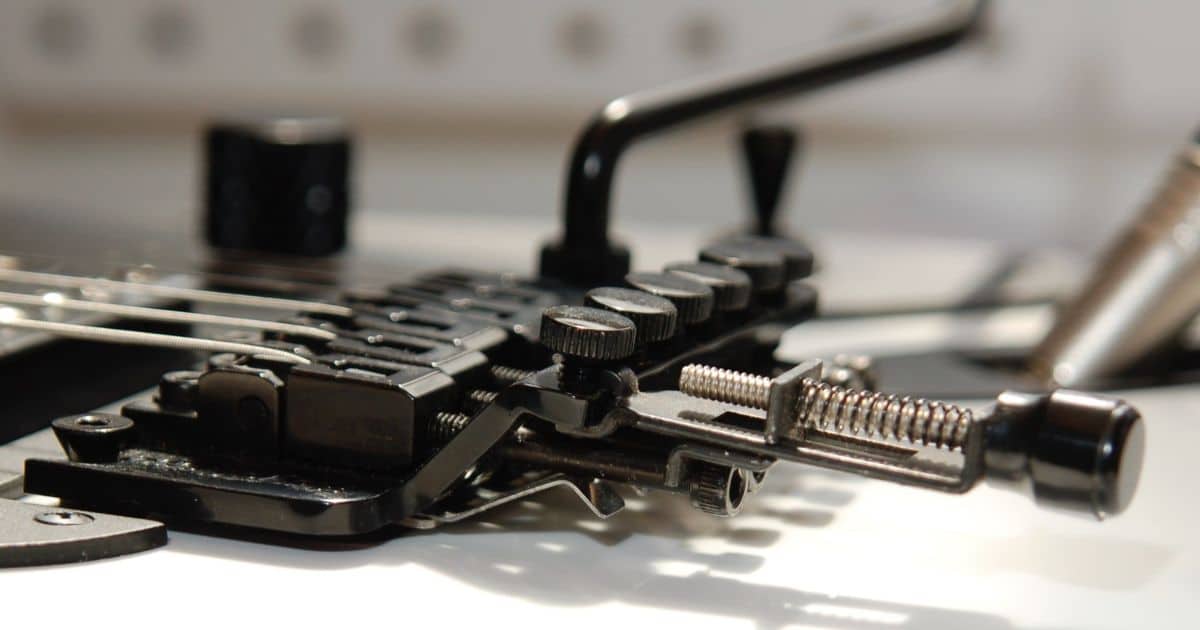
Intonation adjustment plays a crucial role in ensuring precise pitch accuracy and harmonious sound production on the acoustic guitar. When the intonation is properly adjusted, each note played on the guitar will be in tune and sound pleasing to the ear. On the other hand, if the intonation is off, even the best playing technique can’t compensate for the resulting out-of-tune notes.
This can be particularly noticeable when playing chords or melodies higher up the fretboard. Incorrect intonation can lead to dissonance and a lack of musicality, which can be frustrating for both the guitarist and the listener. To avoid these issues, it is important to regularly check and adjust the intonation of your guitar. In the following section, we will explore how to check the intonation on your guitar to ensure optimal performance.
How to Check Intonation on Your Guitar
To assess the accuracy of your guitar’s intonation, employ a precise and reliable method of measurement. Checking the intonation on your guitar is crucial to ensure that each note played is in tune throughout the fretboard. To begin, tune your guitar using a reliable tuner. Next, play a harmonic at the 12th fret of each string and compare it to the fretted note on the same string.
If the fretted note is sharper or flatter than the harmonic, your intonation needs adjustment. To correct this, use a screwdriver to adjust the saddle position. Move the saddle forward if the fretted note is flat or backward if it is sharp. Repeat this process for each string until the fretted note matches the harmonic perfectly. Regularly checking and adjusting your guitar’s intonation will ensure that it plays in tune and enhances your overall playing experience.
Steps to Adjust Intonation on Your Guitar
- Begin by loosening the strings of your acoustic guitar to allow for easy adjustment of the saddle position.
To adjust the intonation on your guitar, follow these steps:
- Use a tuner to ensure that your guitar is properly in tune.
- Play the 12th fret harmonic on each string and compare it to the 12th fret fretted note.
- If the fretted note is sharp, move the saddle slightly away from the headstock. If it is flat, move the saddle towards the headstock.
- Retune the string and repeat the process until the harmonic and fretted note match perfectly.
Common Intonation Problems and Solutions
One common issue that guitarists may encounter when adjusting their acoustic guitar’s intonation is a discrepancy between the 12th fret harmonic and fretted note. This problem occurs when the fretted note sounds sharp or flat compared to the harmonic at the 12th fret. This can make playing chords and melodies sound out of tune, which is frustrating for guitarists who strive for precision and accuracy. Thankfully, there are solutions to this problem.
One solution is to adjust the saddle position by moving it slightly forward or backward until the fretted note matches the harmonic. Another solution is to change the string gauge to find a better match between the tension and the guitar’s scale length. These common intonation problems can be addressed by understanding the factors that affect acoustic guitar intonation.
Factors Affecting Acoustic Guitar Intonation
Several factors can significantly affect the intonation of an acoustic guitar. To ensure accurate intonation, it is important to consider the following:
- String gauge: Different string gauges can alter the tension and affect intonation. Lighter gauges may cause the strings to be sharp, while heavier gauges may cause them to be flat.
- Action height: The height of the strings above the fretboard can impact intonation. If the action is too high, the strings may stretch more when pressed down, resulting in sharp notes.
- Fret condition: Worn or uneven frets can cause intonation issues. If the frets are not properly aligned or leveled, the notes may sound out of tune.
- Nut and saddle: The materials and condition of the nut and saddle can also affect intonation. If they are not properly shaped or set, the strings may not vibrate at the correct length.
Considering these factors and making necessary adjustments can greatly improve the intonation of an acoustic guitar, ensuring that each note is in tune and harmonious.
How to Fix Intonation Issues
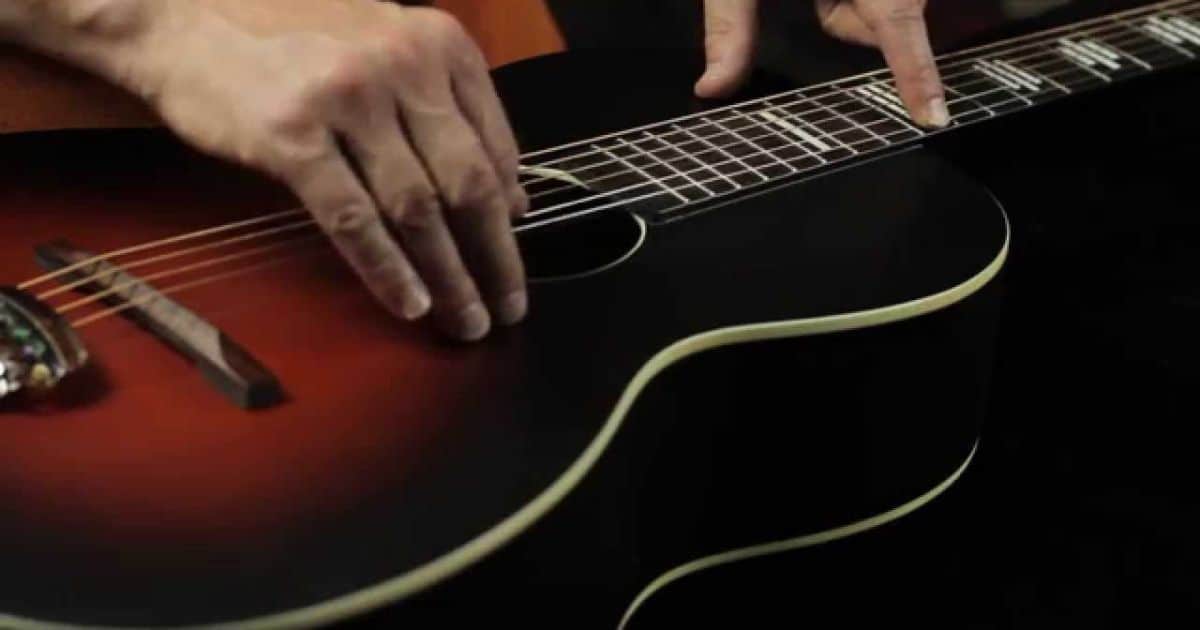
To address intonation issues on an acoustic guitar, it is essential to employ proper adjustment techniques. Intonation problems occur when the guitar’s notes are not in tune with each other, resulting in a lack of harmony and accuracy. One common issue is when the guitar’s frets are not properly aligned, causing the pitch to vary as you move up the neck. To fix this, you can adjust the saddle position by either moving it forward or backward.
Another common problem is when the strings are not properly stretched, causing them to go out of tune quickly. To solve this, you can stretch the strings by pulling them gently and retuning the guitar. By addressing these intonation issues, you can ensure that your acoustic guitar produces accurate and harmonious sounds, allowing you to play with confidence and belonging.
Tips for Improving Guitar Intonation
Improving guitar intonation can be achieved by utilizing proper techniques and adjustments. Here are some key tips to help you improve your guitar’s intonation:
- Regularly check your guitar’s intonation by playing the 12th fret harmonic and comparing it to the 12th fret fretted note.
- Use an electronic tuner to ensure accurate pitch when making adjustments.
- Adjust the saddle position to correct any sharp or flat notes. Move the saddle forward if the note is sharp, and backward if the note is flat.
- Experiment with different string gauges to find the right balance between tension and intonation.
FAQ’s
Can I Adjust the Intonation on My Acoustic Guitar if I’m a Beginner?
Yes, beginners can adjust the intonation on their acoustic guitars. It is a skill that can be learned with practice and patience. By following proper instructions and using the right tools, anyone can improve their guitar’s intonation.
What Tools Do I Need to Adjust the Intonation on My Acoustic Guitar?
To adjust the intonation on an acoustic guitar, you will need a set of tools including a screwdriver, a tuner, and possibly a small file. These tools are essential for making precise adjustments to the saddle and ensuring accurate pitch across the fretboard.
How Often Should I Check and Adjust the Intonation on My Acoustic Guitar?
It is recommended to regularly check and adjust the intonation on an acoustic guitar to ensure accurate pitch across all frets. This helps maintain optimal sound quality and playability for the instrument.
Will Adjusting the Intonation on My Acoustic Guitar Affect the Playability or Sound of the Instrument?
Adjusting the intonation on an acoustic guitar can greatly affect the playability and sound of the instrument. Proper intonation ensures that each note is in tune across all frets, allowing for accurate and enjoyable playing experiences.
Can I Adjust the Intonation on My Acoustic Guitar if I Have a Floating Bridge?
When dealing with a floating bridge on an acoustic guitar, adjusting the intonation can be a bit more challenging. However, with the right tools and knowledge, it is still possible to make the necessary adjustments for optimal playability and sound.
Conclusion
In conclusion, maintaining proper intonation on an acoustic guitar is crucial for achieving accurate and pleasing musical tones. By following the steps outlined in this article, guitarists can easily check and adjust their instrument’s intonation. Additionally, understanding the common problems and factors that affect intonation can help troubleshoot and resolve any issues. Remember, like a well-tuned instrument, a properly intonated guitar allows for harmonious melodies to resonate beautifully.
